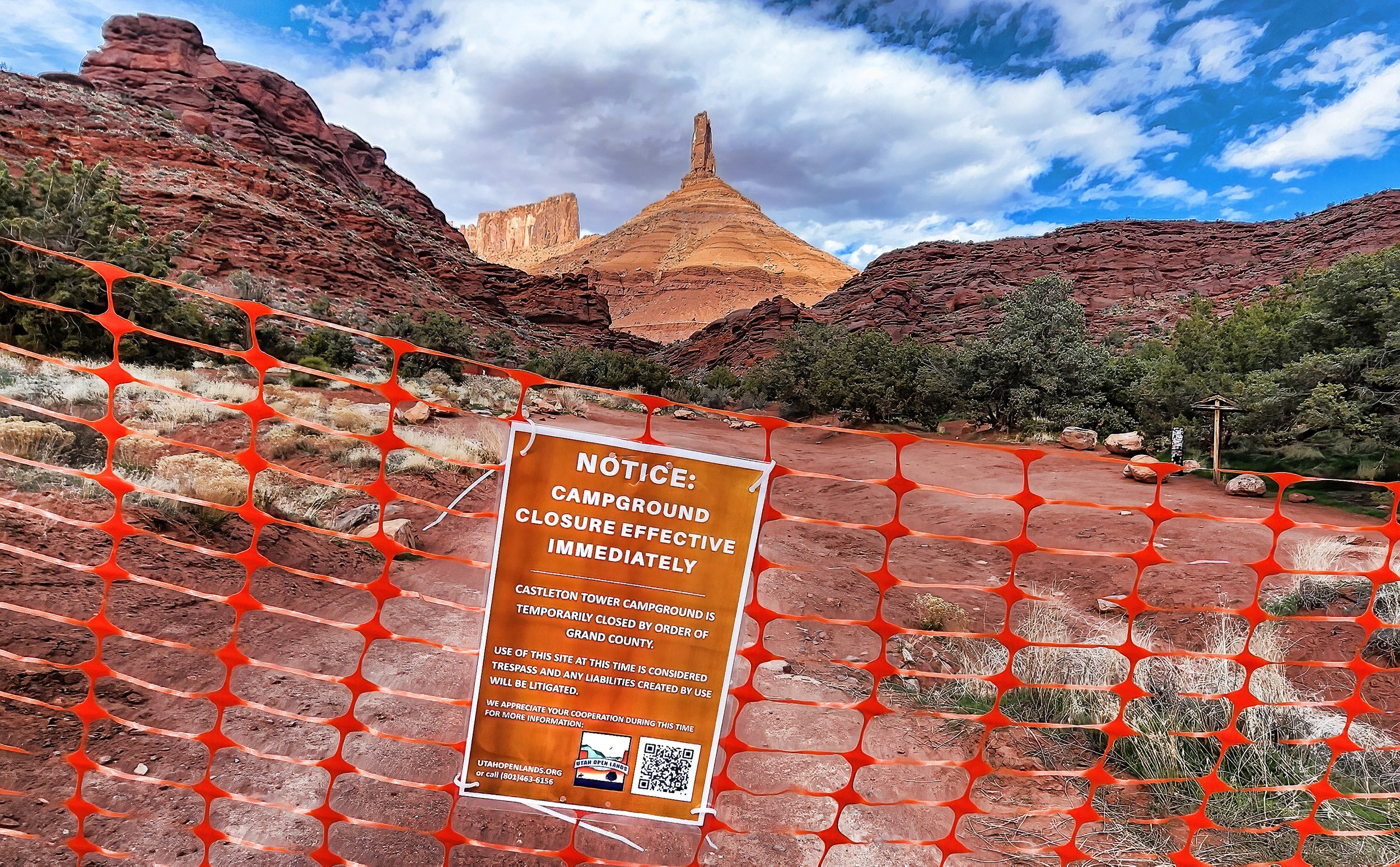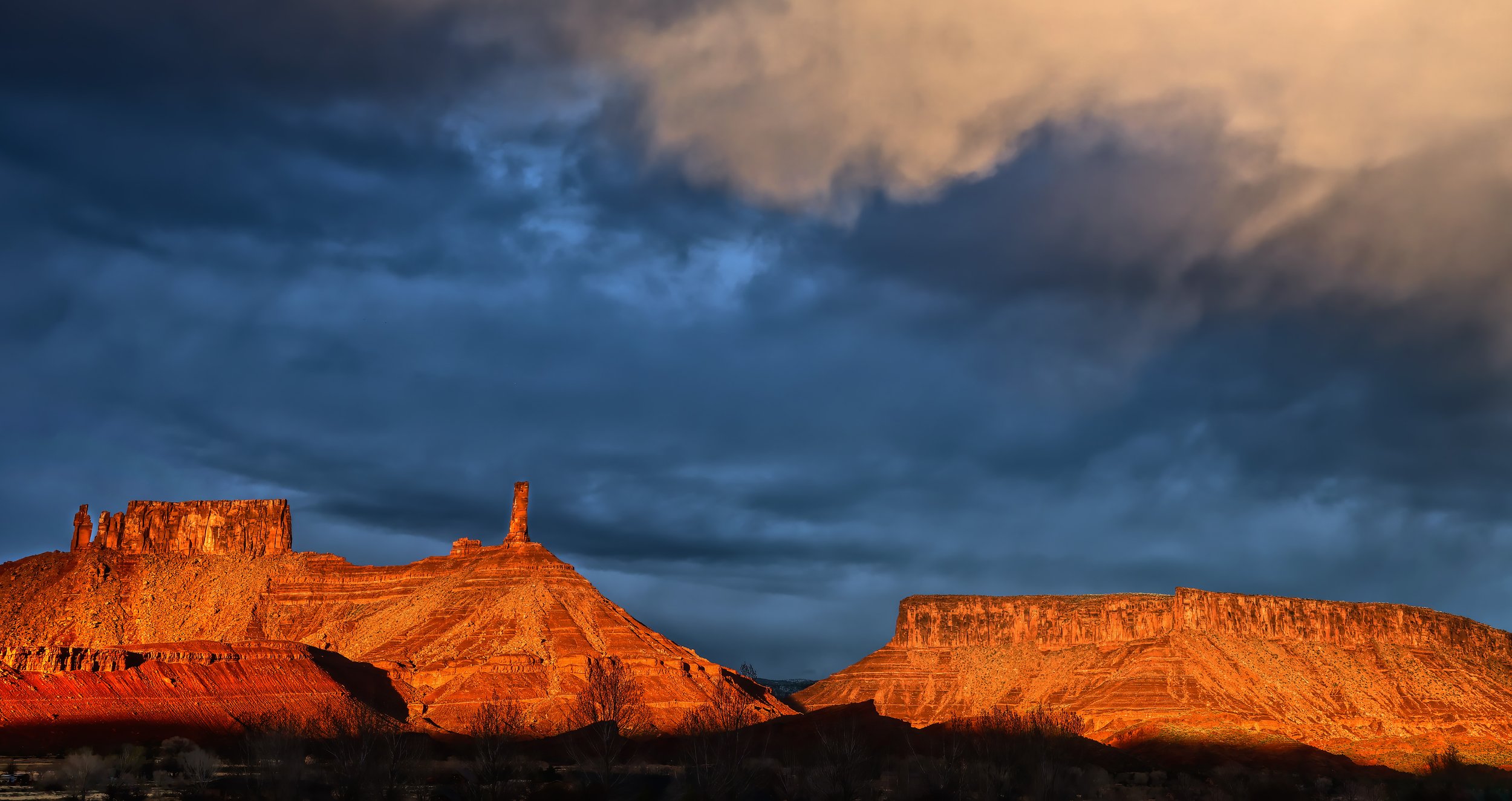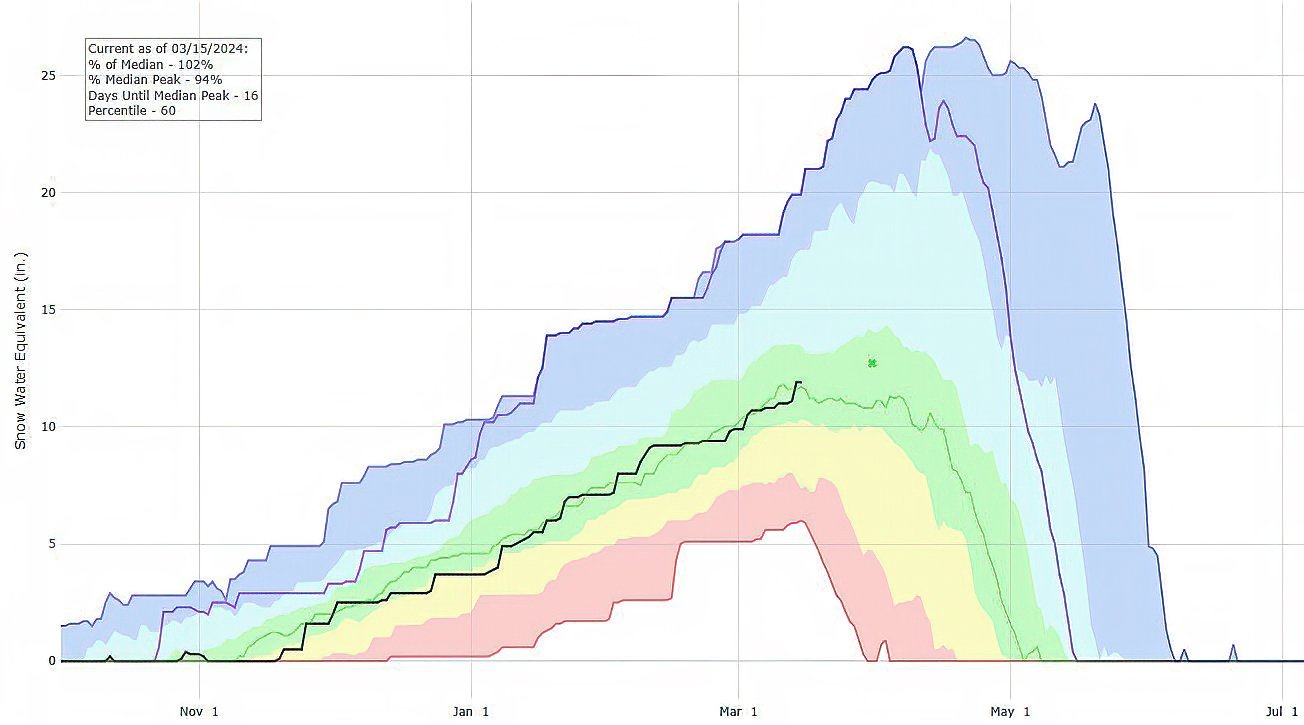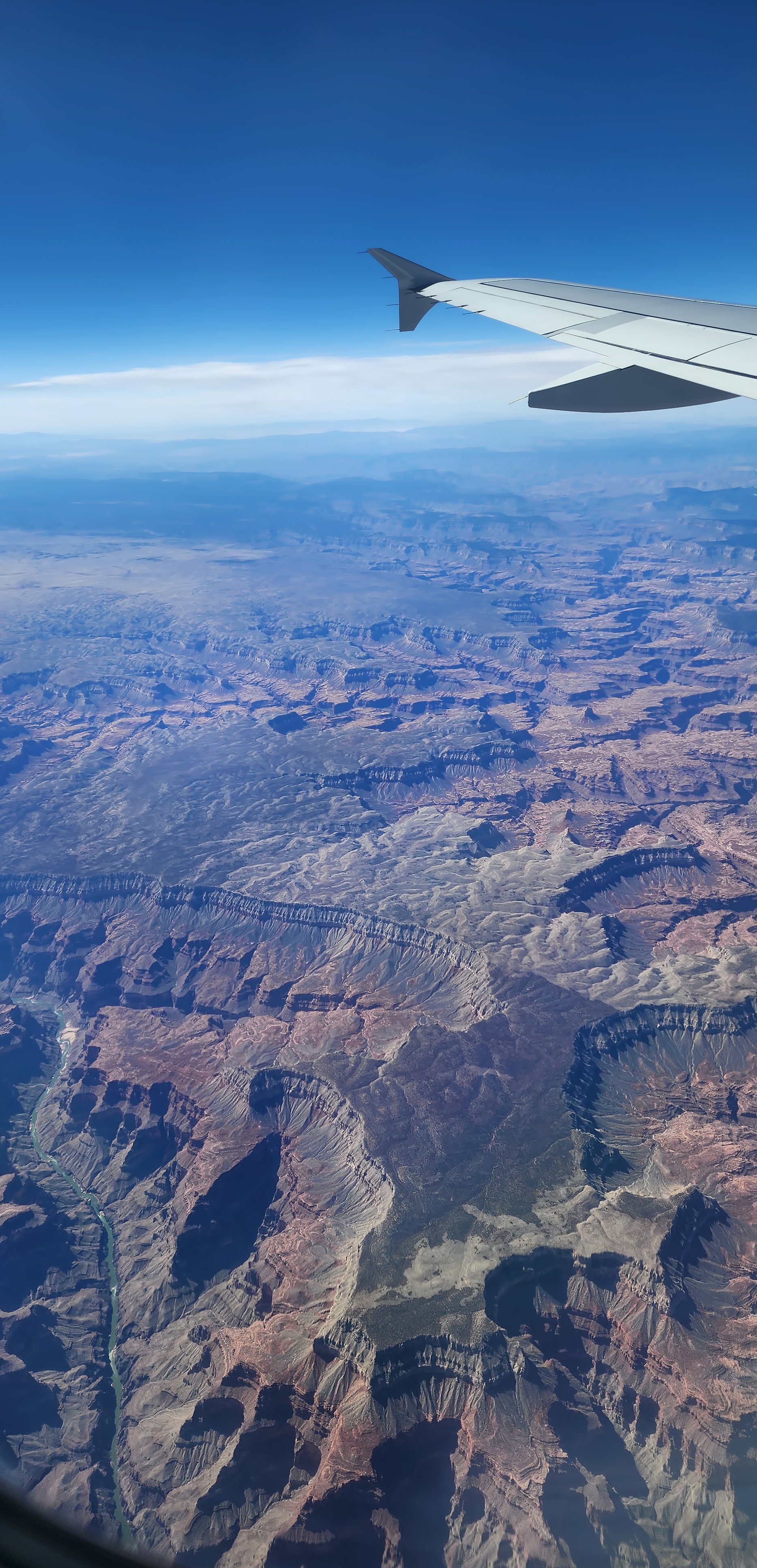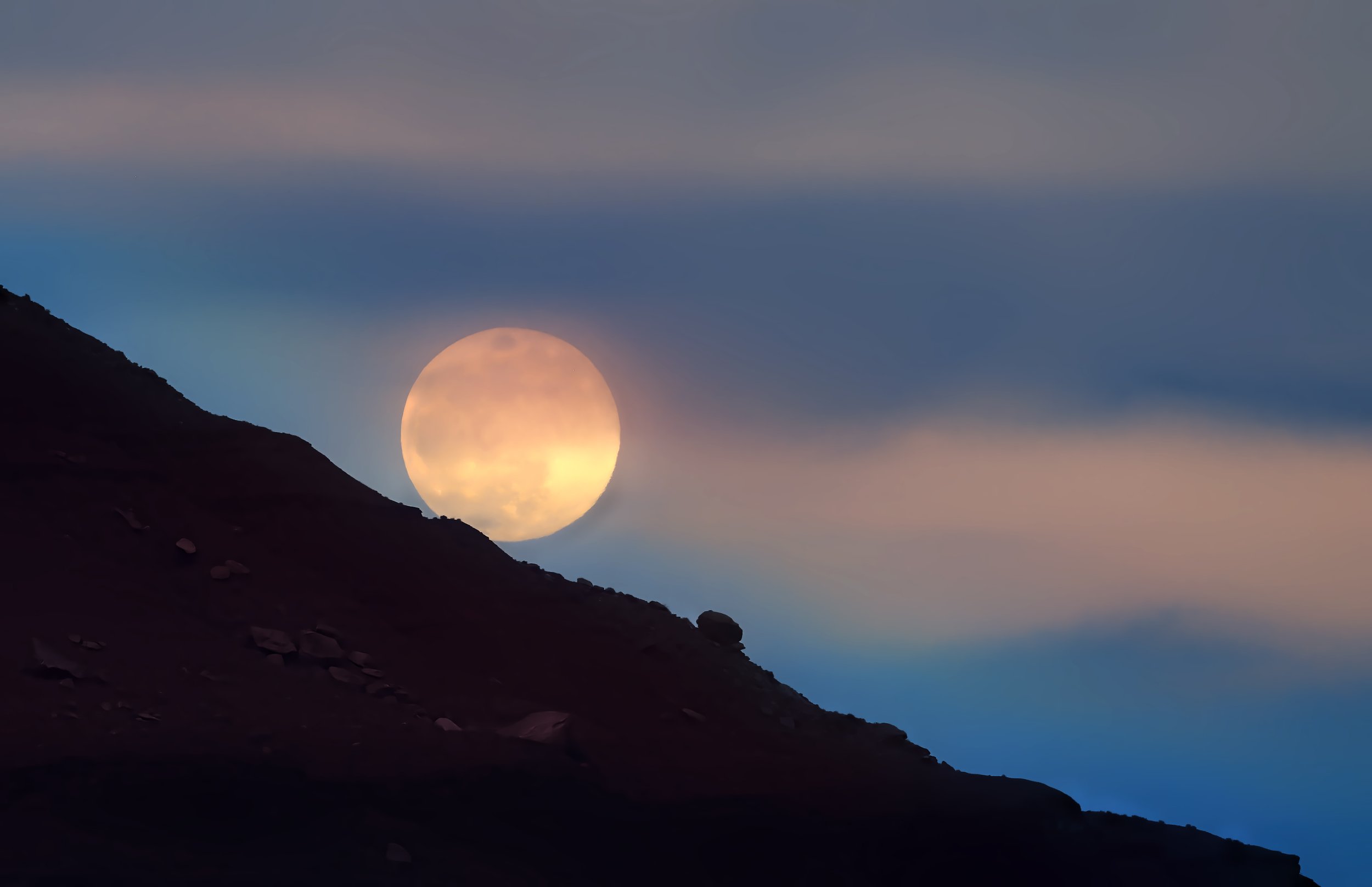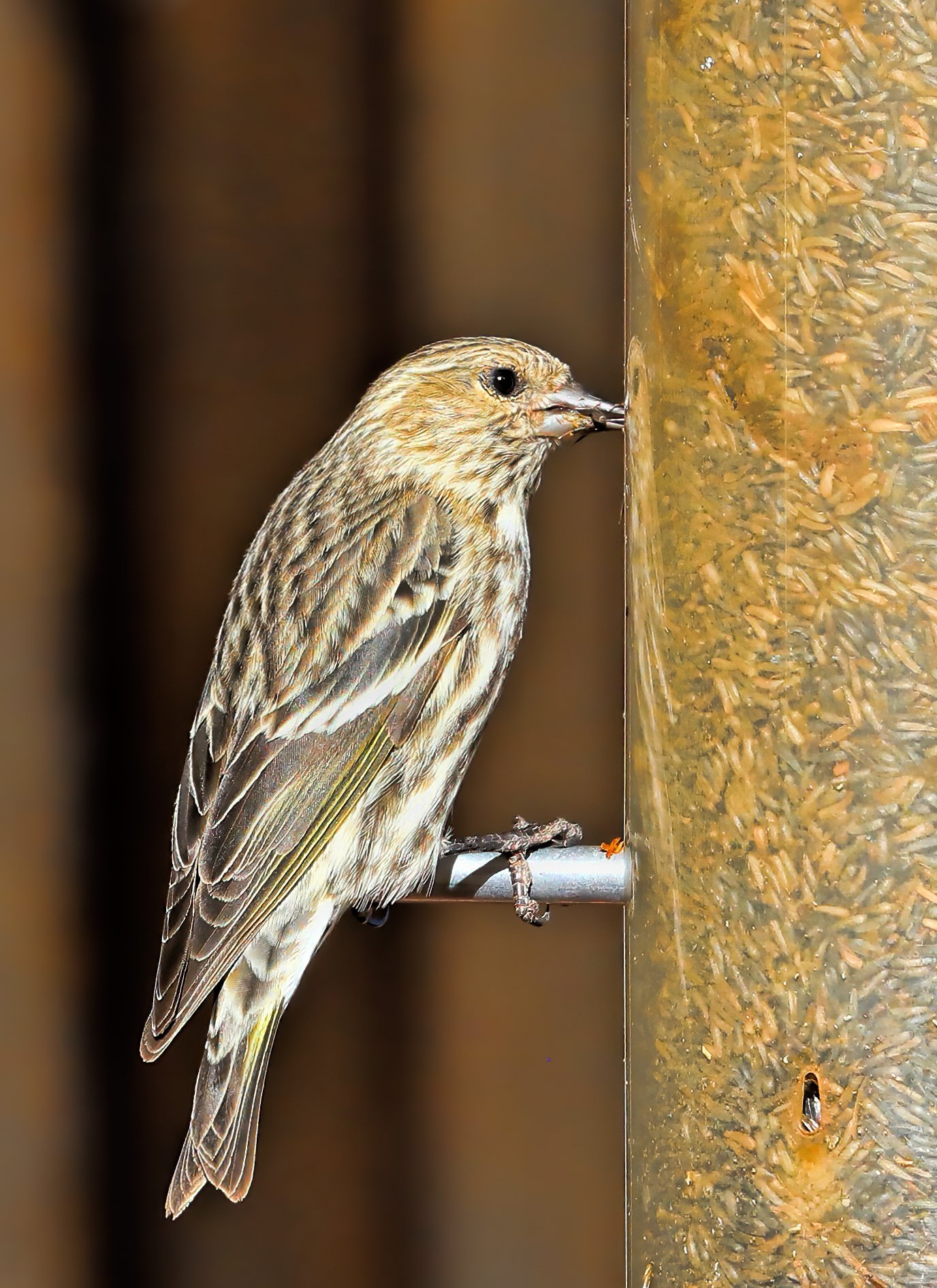in southern Utah, with the first splashes of bright color displayed by the common Indian paintbrush.
Indian paintbrush (genus Castilleja) in bloom at Round Mountain.
Upper end of Castle Valley, looking north. Blackbrush (Coleogyne ramosissima) is beginning to slowly awaken, too.


